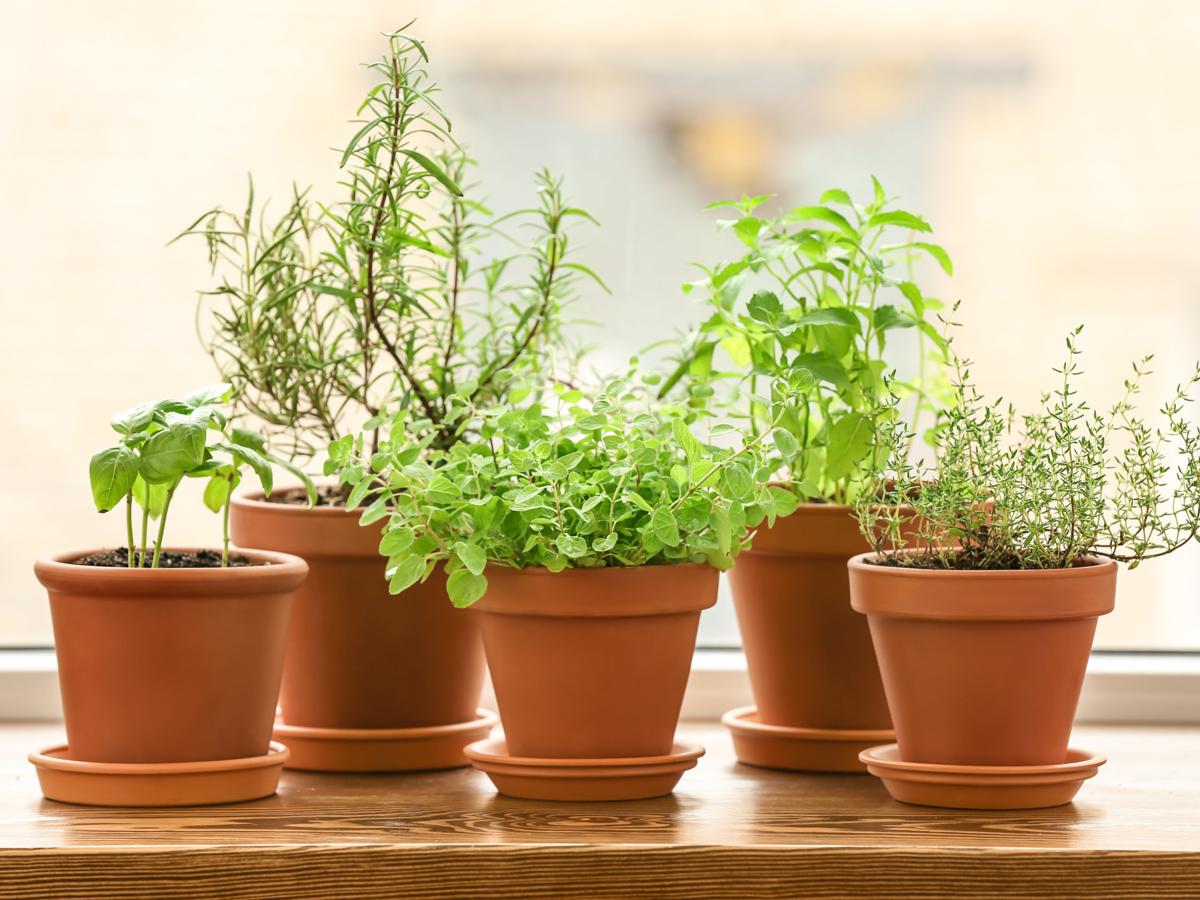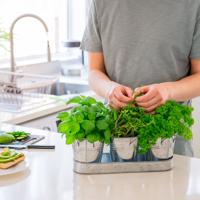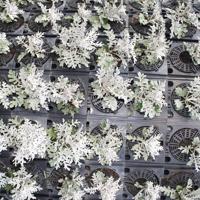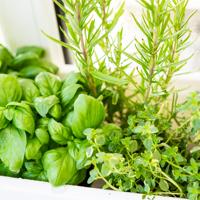Creating a windowsill herb garden can be a rewarding blend of simplicity and sustainability for those interested in indoor gardening. Not only do you get the satisfaction of growing your own herbs, but you also bring a touch of nature indoors, enhancing both the aesthetic and air quality of your home. A windowsill herb garden is an excellent starting point for urban dwellers or those wanting to utilize even a small space for gardening.
Why Grow Herbs on a Windowsill?
Growing herbs on a windowsill is an accessible way to introduce fresh flavors to your kitchen all year round. Herbs like basil, mint, parsley, and thyme thrive in indoor environments and can be plucked whenever you need them to brighten up a dish.
Windowsill gardening is a convenient choice for those constrained by space. Even if you have a larger garden, having herbs right at your fingertips is incredibly handy when cooking.
Choosing the Right Herbs
When starting a windowsill herb garden, think about which herbs you frequently use in your cooking. Some easy-to-grow options include:
- Basil: A favorite in Italian cuisines and loves the warmth and sun.
- Mint: Great for teas and garnish – it’s also known for being quite hardy.
- Parsley: Offers a fresh, slightly peppery flavor.
- Chives: Excellent for adding a mild onion flavor to dishes.
- Thyme: A versatile herb used in numerous recipes.
Choose herbs based on your taste preferences and the climate inside your home.
Setting Up Your Windowsill Garden
Choosing the Right Spot
A south or west-facing window is ideal, as most herbs require around six hours of sunlight each day. If you’re limited in light, consider supplementing with a grow light.
Container Selection
Select containers with adequate drainage. This can be pots specifically designed for herbs or reuse-friendly options like repurposing jars with added drainage layers such as pebbles and activated charcoal.
Potting Mix
Use a high-quality potting mix designed for indoor plants. Avoid garden soil as it may not drain well and can contain pests.
Planting
Fill your pots with the potting mix, leaving an inch of space at the top. Plant seeds or transplants according to the specific instructions for each herb. Water them thoroughly but ensure the soil is not waterlogged.
Caring for Your Herbs
Watering
Herbs generally prefer soil that is moist but not waterlogged. Overwatering is a common mistake, so let the top inch of soil dry out between waterings.
Feeding
Indoor herbs benefit from a light feeding of organic fertilizer every 4-6 weeks to maintain their nutrients.
Pruning
Regular pruning encourages growth and prevents legginess. Snip herbs as needed, ensuring not to remove more than a third at one time.
Managing Pests and Diseases
While indoor herbs are less susceptible to pests, be mindful of signs of trouble. Common pests include aphids and spider mites. These can often be managed with insecticidal soap or a homemade solution like diluted dish soap spray.
Conclusion
Creating a windowsill herb garden is a delightful endeavor that can enrich your cooking and connect you to nature. It’s a practical choice for urbanites and a heartening addition to any home kitchen. While every home environment is unique, with a few tweaks and observations, anyone can enjoy the lush benefits of homegrown herbs.
As with all gardening, patience and care go a long way. Enjoy the gradual growth and the wholesome flavors these little green wonders bring to your table.
For more specific tips and shared experiences from fellow gardener enthusiasts, explore our community section or share your progress with us. Remember, gardening is as much about the journey as it is about the harvest. Happy planting!




